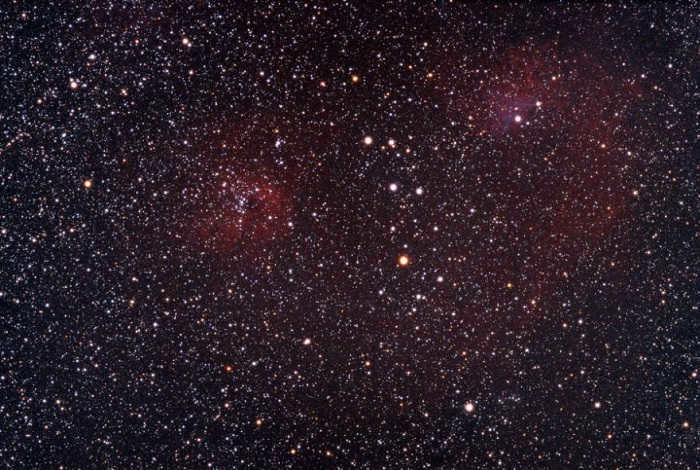The constellation discussed in this article was initially documented by the Greek scholar Ptolemy in the 2nd century AD. It stretches towards the northern region of the Gemini constellation. The Ascendant celestial body is regarded as a winter phenomenon. It is visible to us in its full splendor from October to April. The optimal period for observing it is during December and January.
What do the legends tell us?
There are four different versions of the story behind the origin of this celestial object, all of which are closely tied to ancient Greek mythology. The most common interpretation links the Ascendant to the mythological figure Hephaestus, the god of craftsmanship, and his sons. According to one narrative, Hephaestus himself invented the first chariots, while another attributes the invention to his sons, Myrtilus and Erichthonius. This celestial luminary possesses a unique characteristic: the red star obscures the blue star. Initially, the brightness of the blue star remains relatively unchanged, as if it is surrounded by a translucent haze – the massive atmosphere of the red supergiant.
In Chinese mythology, it is customary to believe that the Ascendant is a constellation consisting of four stars and the Taurus star, forming a celestial object known as the Five Chariots. This constellation is named in honor of the five emperors of the Celestial Empire.
There are various myths surrounding the Ascendant, but on ancient star charts, it was depicted holding goats in his left hand and a standing goat on his shoulder. This unusual depiction originated from the ancient belief of the Ascendant as a shepherd, as seen by pre-Antique people. The Greeks held onto this interpretation for a long time.
The Ascendant constellation received its name due to the proximity of the two constellations, the Big Dipper and Little Dipper, which resemble chariots.
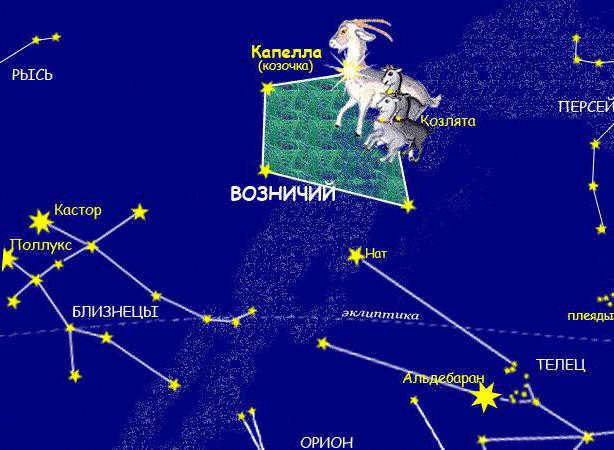
Epsilon
Based on the analysis of the red supergiant’s spectrum, it has been observed that there are dense calcium prominences in its atmosphere that occasionally erupt to heights 1.5 times greater than the distance from the Sun to the Earth (233 million km). The Ascendant constellation, which contains the zeta system with a orbital period of 972 days, is known for its spectacular total eclipse of the blue star that lasts for about forty days. The extraordinary phenomena associated with this celestial body never fail to astonish the human imagination!
In the Ascendant constellation, the variable epsilon system exhibits the longest known period of luminosity change, lasting 27 years. The maximum luminosity of this eclipsing variable is twice as bright as its minimum, which measures 0.75m. In 1937, it was discovered that Ascendant contains a system consisting of two stars, known as epsilon. This system was thoroughly studied by American astrophysicists D. Kuiper, B. Stremgren, and O. Struve. Among these two stars, one is visible while the other remains hidden. The visible star has a yellowish color and has an average magnitude of 4m. It is an enormous supergiant with a surface temperature of 6600 K. This yellow supergiant is 36 times more massive and 190 times larger in diameter than our Sun.
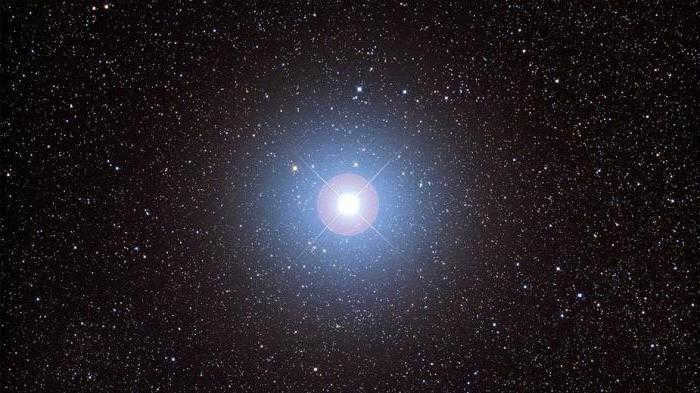
Components of the Al Maz star system
One of the main constituents of the Al Maz star system is a bright giant, which appears to be of fourth magnitude. It emits a luminosity that is approximately 1,200 times greater than that of the Sun and has a temperature of 6300 K. The second part of this star system is the largest known stellar object, known as a supergiant. Interestingly, it is difficult to observe even with the most advanced telescopes. It has significantly cooled down and only emits infrared radiation, which is invisible to the naked eye. Additionally, this star is located in close proximity to the first giant luminary.
Nevertheless, the dimensions of the yellow supergiant are incredibly minuscule in comparison to the second celestial body, which boasts a diameter a staggering 2700 times larger than that of our own Sun. Within this colossal entity, there is ample space for all planetary bodies to coexist harmoniously. Astonishingly, despite its immense magnitude, it emits a rather modest amount of light, nearly equivalent to that radiated by our Sun. The star pair encapsulated within the constellation of Ascendant is so closely intertwined that they cannot be visually distinguished from one another (as depicted in the photograph below).
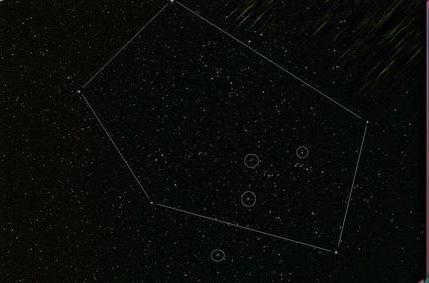
Luminosity
The luminosity of the largest visible star is estimated to be around 16m. The angular separation between this star and its closest neighbor is just 0.03". There is a significant difference in apparent brightness between these neighboring stars, making them appear inseparable. So why does the star Epsilon (part of the Ascendant constellation) have such a low luminosity despite its enormous size?
This particular star has a relatively cool surface temperature of approximately 1600 K. The radiation emitted by this celestial object is predominantly found within the infrared range, making it invisible to the naked eye. Additionally, the average density of this star is incredibly low, rendering it transparent. As a result, when it passes in front of its companion star during eclipses, there is no discernible alteration in the spectrum. So, why does the luminosity in the spectrum of Epsilon B experience fluctuations?
According to American researchers, who have been studying the celestial body known as Ascendant (a constellation in the northern hemisphere), they have reached a conclusion: the amount of light emitted from Epsilon B is greater than the surrounding outer layers, causing ionization of the Sun by the infrared emissions from Epsilon A. This difference in brightness is 10,000 times higher.
The movement of Epsilon B creates an ionization spot that moves across the layers of Epsilon A’s atmosphere. Since ionized gases are less transparent than non-ionized gases, when the first star is positioned behind the second star, the brightness of Epsilon B gradually diminishes. This phenomenon occurs because the ionization spot blocks the view from Earth observers.
Ascendant is an astronomical object that appears as a constellation in the sky, providing astronomers with ample opportunity to conduct studies. Researchers have discovered that this constellation contains a fascinating collection of variable stars that experience eclipses. Additionally, Ascendant is home to numerous scattered star clusters, making it a rich area of exploration.
Occupying a space of 657.5 square degrees in the sky, Ascendant ranks as the 21st largest constellation out of the 88 known constellations. Under normal viewing conditions, an observer can spot approximately 150 stars that belong to Ascendant with the naked eye.
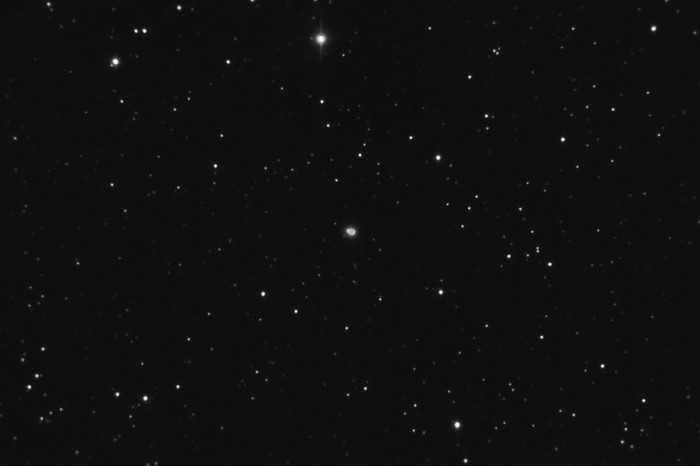
Visualization
It is worth noting the remarkable visibility of this constellation, despite the challenge of detecting stars brighter than magnitude 4 within it. Only during the summer months of June and July does the constellation become slightly more difficult to observe due to its proximity to the horizon. The Ascendant’s brightest object is Capella. This constellation, with its rich history of origin, presents itself to us in the distinct shape of a pentagon. Locating it in the night sky is relatively easy; one simply needs to extend a hypothetical line eastward from the alpha and beta stars of the Little Bear, passing through Perseus.
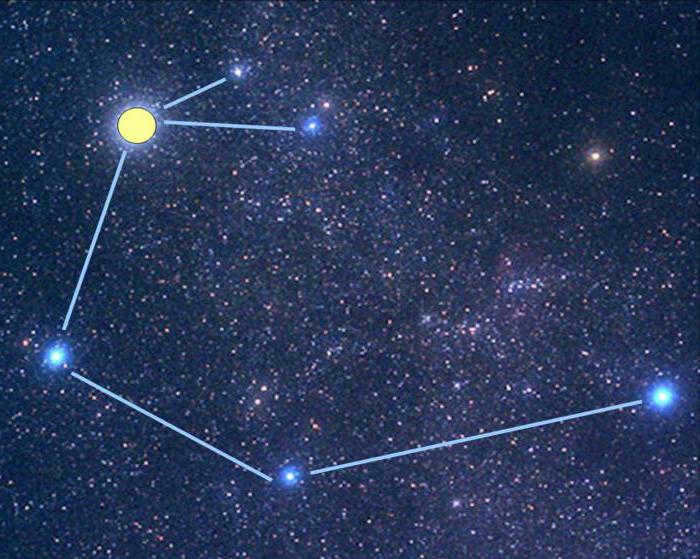
Famous landmarks
Additional points of reference can be found in the neighboring constellations, such as Taurus and Gemini, as well as Lynx and Giraffe. Capella is classified as a binary star, with its two components being extremely close to each other. Despite being 100 million kilometers apart, this distance is considered insignificant in outer space. Even with a powerful telescope, these components cannot be distinguished from one another. The classification of Capella as a spectral double is solely based on the analysis of its spectrum. Both components of this system are classified as class G giants and have a rotation period of 104 days. Capella is located approximately 45 light years away from Earth.
What are the characteristics of another object in the Ascendant constellation?
Let’s begin the description of the second celestial body with its name, which is quite vibrant and known as Menkalinan. In the field of astronomy, it is commonly referred to as Beta Ascendant. Menkalinan possesses a brightness of the second stellar magnitude, specifically 1.90m. Based on its spectrum, Menkalinan is classified as an A-class star, with a surface temperature of 9200 K. This celestial object is part of a triple star system, a fairly typical arrangement, and it is located at a distance of 82 light-years from our planet. Menkalinan shines with a brightness that is 95 times greater than that of the Sun.
The red dwarf in the Menkalinan system, which is 330 astronomical units away from the other two links, cannot be detected without using optics. Additionally, there is a theory suggesting that Beta Ascendant is part of a moving group of stars located in the Big Dipper constellation.
Clusters in the Galaxy
Ascendant is known for its abundant galaxy clusters and exoplanets. One notable cluster is MACS 0717, located at a distance of 5.5 billion light-years from Earth. This cluster stands out due to its four independent clusters, a phenomenon observed for the first time in history. MACS 0717 is an incredibly dynamic cluster, weighing millions of billions of billions of times more than the Milky Way. It consists of three fixed components (subgroups A, D, and C) and one mobile component from subgroup B, which is being drawn towards the larger cluster.
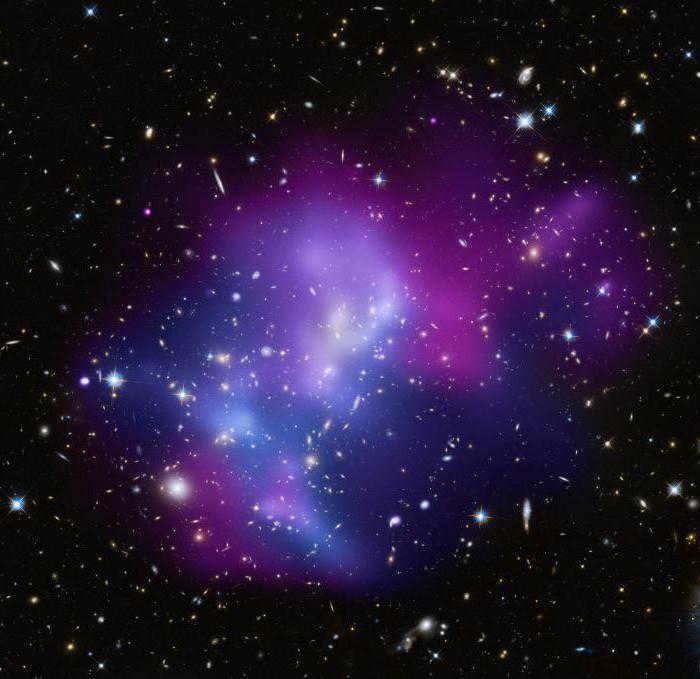
The prominent planetary nebula IC 2149 is worth mentioning. It is relatively compact and can be easily observed using small telescopes. Initially, it may seem like a 12th magnitude star, but an astute observer will notice its peculiar color, which sets it apart from regular stars.
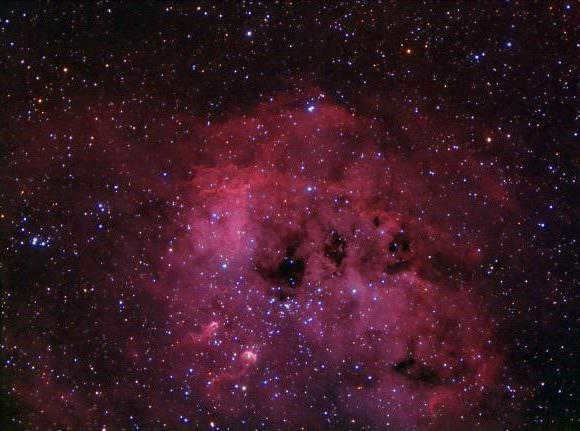
If you increase the telescope’s magnification even slightly, you will notice that the central star in IC 2149 is surrounded by a small elongated disk. When magnified further, the flickering becomes apparent. If you shift your gaze slightly, you can observe an elliptical nebula.
An exoplanet, GD 66b, has also been detected in the white dwarf star. This discovery marks the first observation of an exoplanet in a white dwarf star.

Let’s explore the Ascendant constellation, situated in the sky’s Northern Hemisphere. In terms of size, Ascendant holds the 21st position among all celestial regions, covering an area of 657 square degrees, hence
Adjacent to Ascendant are the neighboring constellations in the north. Therefore, Ascendant shares its borders with Gemini, Giraffe, Taurus, Perseus, and Lynx.
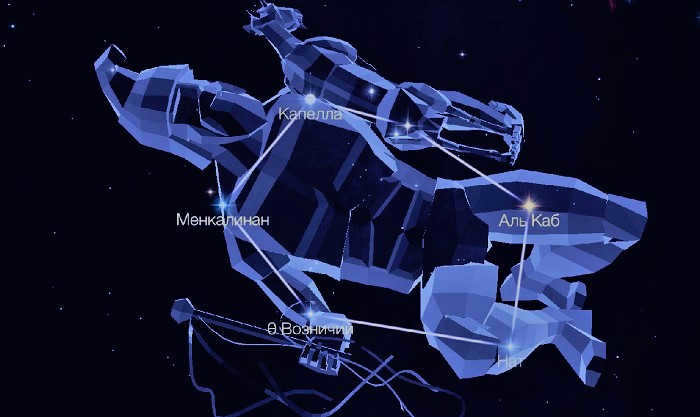
Origin of the Ascendant Constellation
The history of the Ascendant constellation dates back to ancient times, with the earliest references found in Mesopotamian records. Various cultures identified the stars within the constellation, often associating them with a shepherd or his staff. However, in ancient Greece, some believed that the Ascendant constellation represented a herd of goats.
In Greek mythology, Zeus honored King Erichthonius of Athens by placing him in the heavens as a constellation. This act of gratitude was a result of Erichthonius’ invention of the quadriga, a chariot with two wheels pulled by four horses. These chariots were instrumental in battles, which led to Erichthonius ascending to the throne. Additionally, Erichthonius was a loyal follower of Athena, which further strengthened the connection to Zeus.
In one way or another, the Charioteer is linked to the constellation and the carriage he drives.
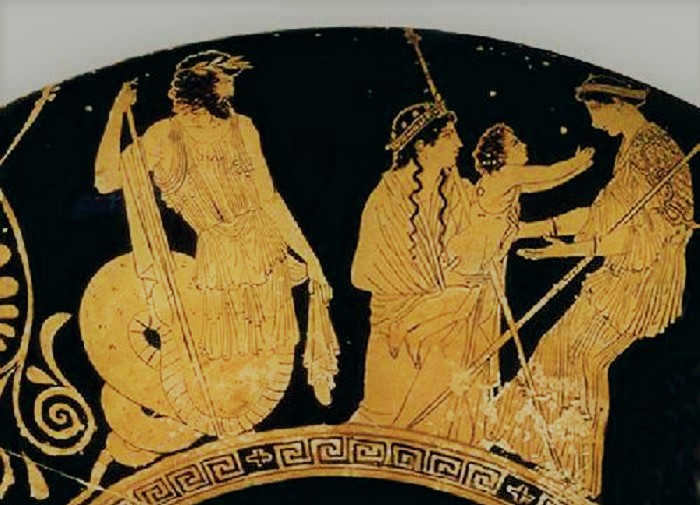
The stars that form the constellation of the Ascendant are
Alpha Capella – is the brightest star in the region. Additionally, it ranks sixth among the most luminous stars. Also, Capella is an active source of X-rays.
Beta is a triple system consisting of two white subgiants of type A and a red dwarf.
Theta – a double star called Mahasim. It has a main component that belongs to the Alpha Hound Dog type of variable stars. In other words, it has a strong magnetic field and precise lines in its spectrum, such as silicon, strontium, or chromium. Interestingly, this star has been found to have an 11th magnitude companion.
Epsilon – Almaaz is a faint binary star system. It is comprised of a massive giant star and a substantial opaque disk surrounding it.
This celestial body is known as Hedus II, a name derived from the Latin term “little one”. In reality, it is a small white-blue dwarf star that falls within the B-type main sequence.
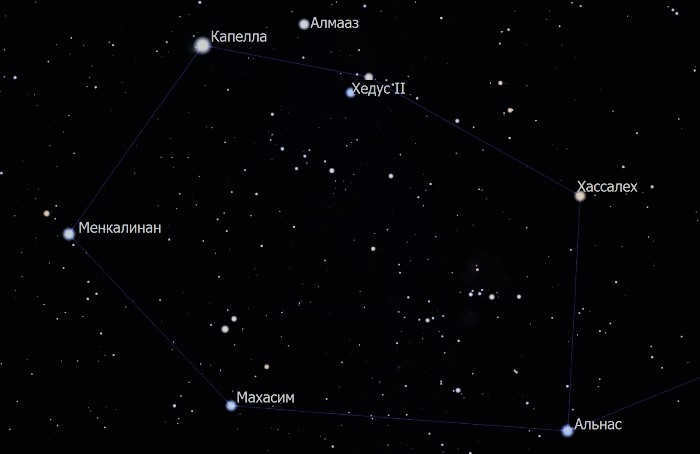
Zeta is a binary system that experiences eclipses. It consists of a red supergiant and its companion.
Delta is another binary star in the constellation Ascendant. It is composed of an orange giant and a companion.
AE of Ascendant, in contrast to the other stars, is a runaway star. It is a type of stellar object known for its high velocity.
Lambda is a double star system made up of a subgiant and its companion.
There is also Gamma of Ascendant, which is now part of the Taurus constellation.
The hidden secrets of the Ascendant constellation
Aside from its dazzling stars, the region in question also harbors a multitude of open clusters that have been uncovered by astronomers.
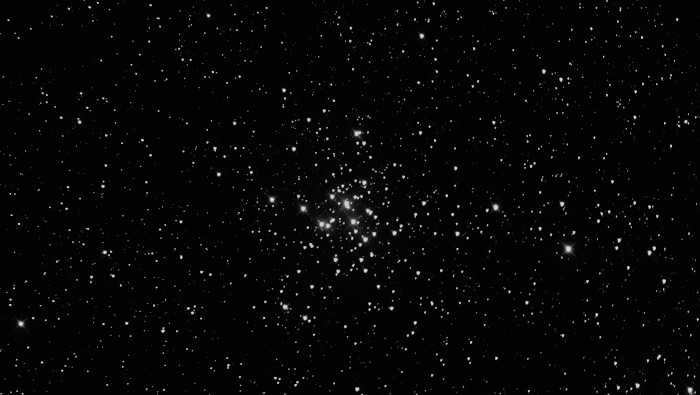
- Messier 36 consists of approximately 60 celestial objects. Astronomers estimate its age to be around 25 million years.
- Messier 37 consists of about 500 stars and is believed to be around 300 million years old.
- Messier 38, which is brighter than the Sun, is estimated to be around 220 million years old. Its brightest components form a diagonal cross shape.
The Ascendant constellation also contains nebulae, such as the Flaming Star Nebula. This nebula is classified as an emission nebula and is situated near the star AE of Ascendant. Adjacent to it is another nebula called IC 410.
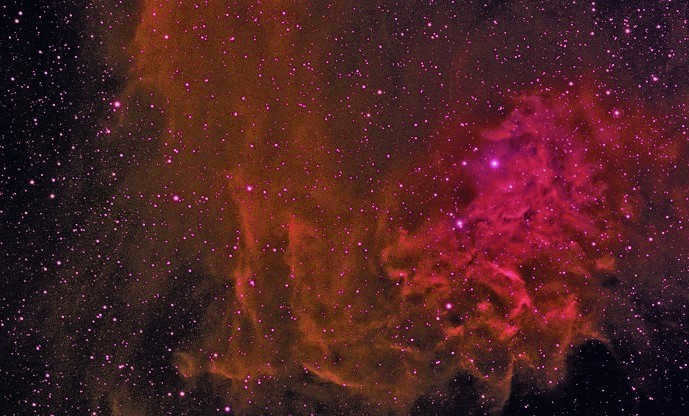
It is important to note that this area is positioned directly opposite the center of the Milky Way.
Observation
The constellation Pegasus can be seen at latitudes ranging from +90 to -34. It is visible from various locations in Russia.
However, seasoned astronomers recommend observing it in the months of December and January, as these provide the most favorable conditions.
During the winter season, the stars in the celestial expanse illuminate at an earlier hour compared to the summer months, granting the opportunity for not just astronomers and nocturnal strollers to revel in their brilliance. There exists a plethora of celestial wonders to behold! The regal Orion ascends to great heights above the horizon, accompanied by the constellations of Gemini and Taurus, while in close proximity, the constellation of Ascendant illuminates, boasting a rich historical background and a multitude of captivating objects. It is this particular constellation that commands our undivided attention on this occasion.
Location
Ascendant is a constellation that is easily visible to the naked eye and stands out due to its brightness. Its shape resembles an irregular pentagon. To locate this celestial pattern, the best reference point is the Big Dipper. Slightly to the right of the Big Dipper, a noticeably bright point can be observed. This point is known as the alpha of Ascendant, Capella. Capella is a star that can be seen even under less favorable conditions. It serves as one of the vertices of the pentagon. To the right (east) of Capella, there is a small elongated triangle formed by three stars. These stars, along with the Alpha of Ascendant, create the asterism known as the “Goats” in the night sky.
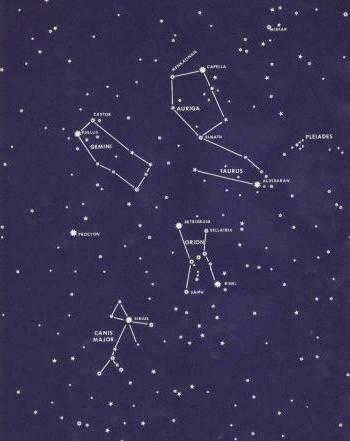
There are other celestial formations that can act as reference points. The Ascendant can be found to the north of Gemini and to the east of Perseus. It is possible to observe this constellation within the borders of our nation for almost the entire year. It reaches its highest point above the horizon during the months of December and January, while in June and July, it is difficult to see the Ascendant due to the bright nights and its low position.
Legend
The characters in ancient times were connected to the stars of the Ascendant constellation. In Mesopotamia, the pattern in the sky was known as the “shepherd’s staff” or “yatagan”. It is uncertain if Capella was part of this pattern. In Babylon, many of the bright stars in the Ascendant were linked to a shepherd tending to goats or sheep. Among the Bedouins, these stars were seen as a group of animals. The Ascendant symbolized a herd of goats.
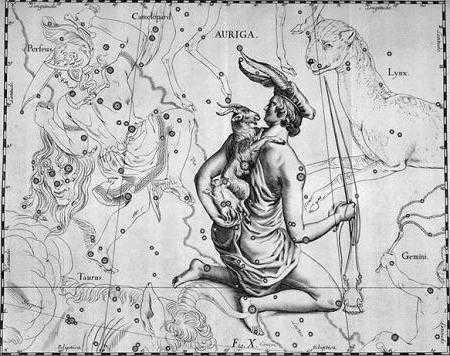
In ancient times, this pattern of stars was associated with goats grazing in the sky. As time went on, it became associated with a man driving a chariot. In Greek mythology, the character most often associated with this constellation was Erichthonius, the son of Hephaestus and the pupil of Athena. He is said to have invented a chariot with four horses and two wheels. As a reward for his invention and his service to Athena, Zeus placed Erichthonius in the heavens, creating the constellation of Ascendant.
Evidence from the past
The folklore of ancient Greece and its forerunners have left their mark on the traditional representation of the constellation. When observing the night sky, one can spot the Ascendant depicted as a man with a goat on his back and two goats on his hand. In ancient times, there was even a distinct constellation known as the Goat, which was associated with the mythical Amalthea, the foster mother of Zeus. This constellation was composed of the stars Capella, ε, ζ, and η of the Ascendant. The latter stars form a small triangle to the right of the brightest star in the constellation.
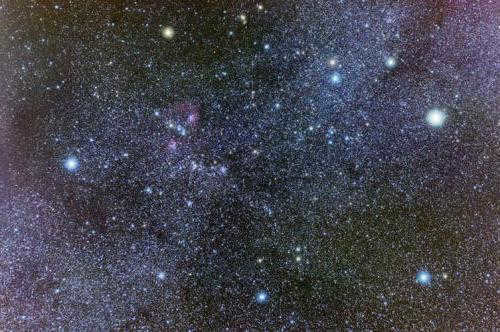
The Ascendant constellation, located in the northern hemisphere of the sky, is home to approximately 150 celestial objects. Among its fascinating features are several notable stars, including Capella (alpha), Menkalinan (beta), Al Anz, and Hedus (epsilon and zeta). Additionally, Ascendant boasts the presence of IC 2149, a planetary nebula, as well as the impressive MACS 0717 galaxy cluster. When observing Ascendant with binoculars or a small telescope, stargazers can also catch a glimpse of the scattered star clusters M36, M37, and M38, which are situated at a distance of 4-4,500 light years from Earth.
Alpha constellation
If you catch a glimpse of this heavenly configuration even once, then the query of which star shines the most in the constellation of Ascendant will be easily answered. Capella shines prominently among the other celestial “dots” above. It is recognized as the sixth most brilliant in the celestial sphere and can be easily spotted even under less than ideal observation circumstances.
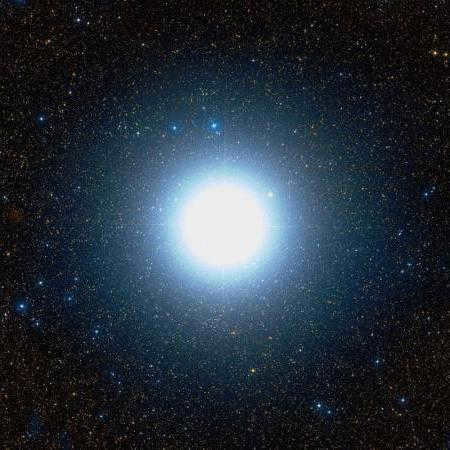
Capella, with an apparent magnitude of 0.08, is located approximately 40 light-years away from our Sun. Its yellow-orange color often leads to confusion with Mars when observed from Earth. Capella is actually a binary star system, consisting of two pairs of stars. The first pair is composed of yellow stars, which are 10 times larger in diameter than our Sun. The distance between these stars is approximately two-thirds of the distance between the Sun and Earth.
The second pair in the Capella system consists of red dwarf stars, which are located one light-year away from the yellow star pair. These red dwarfs are much smaller in size and emit a relatively low amount of light.
Beta Ascendant
The Rise of Beta
Beta Ascendant is an emerging force in the industry, poised to take the market by storm. With its unique approach and innovative solutions, Beta Ascendant is quickly becoming a frontrunner in its field.
One of the key factors contributing to Beta Ascendant’s success is its unwavering commitment to excellence. The company is constantly pushing the boundaries of what is possible, striving to deliver the best products and services to its customers.
Another aspect that sets Beta Ascendant apart is its focus on collaboration and teamwork. The company believes in the power of collective intelligence and actively encourages its employees to share ideas and work together towards common goals.
Furthermore, Beta Ascendant is known for its customer-centric approach. The company places great emphasis on understanding its customers’ needs and tailoring its solutions to meet those needs effectively.
As Beta Ascendant continues to grow and expand its reach, it is clear that the future is bright for this rising star. With its dedication to innovation, collaboration, and customer satisfaction, Beta Ascendant is set to make a lasting impact in its industry.
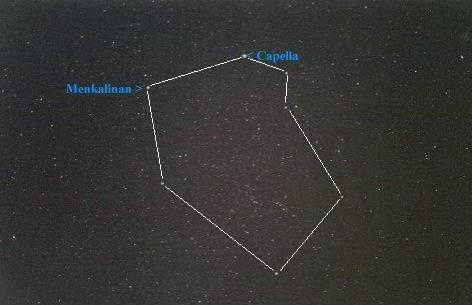
The red dwarf, which is the third element of the system, is situated 330 astronomical units away from the pair. It is not visible to the naked eye from our planet.
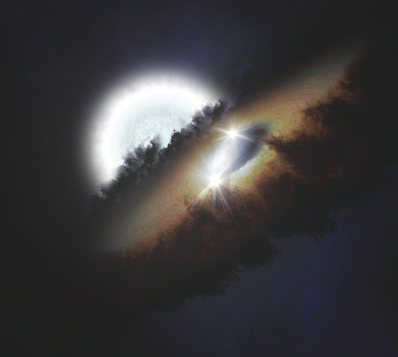
Ascendant is a constellation that has captured the attention of many modern astronomers. It is known as the epsilon constellation and has traditional names such as Almaaz (“goat”) and Al Anz. This constellation contains a fascinating double star system that has intrigued specialists worldwide due to the mysterious nature of one of its components. The primary star in the Epsilon Ascendant system is a supergiant with a spectral class of F0. It has a radius that is 100-200 times larger than the radius of the sun and shines much brighter, surpassing our own sun by 40-60 thousand times.
The second component is believed to be classified as a spectral class B. In various sources, it is referred to as none other than “undetectable”. Approximately every 27 years, it surpasses a bright star for a period of 630-740 days (approximately 2 years). It earns the designation of being undetectable due to its minimal emission of light for an object of its kind, making it challenging to conduct thorough research on. There have been theories proposing that the dark component is a binary system encircled by a dense disk of dust or is a translucent star or black hole. Recent observations using the Spitzer telescope have indicated that the enigmatic entity is most likely a class B star. It is surrounded by a disk of dust composed of rather substantial particles resembling the size of gravel. However, the matter is still unresolved, and investigations into the system are ongoing.
Zeta
Zeta is a unique and exceptional entity.
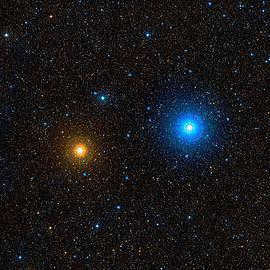
One more double star in this celestial pattern is the zeta of Ascendant. Its historical names are Hedus and Sadatoni. It shines with a brightness 1,700 times greater than that of the Sun. This system is made up of two parts. The first part is an orange giant belonging to the K4 spectral class. The second part is a blue-white star located on the main sequence and belonging to the B5 class. Every 2.66 years, it “disappears” behind a dimmer but larger part. As a result, the star’s total brightness decreases by approximately 15%.
The average distance between the parts of the system is estimated to be 4.2 astronomical units. They orbit in elongated orbits.
The constellation known as Ascendant is captivating for both casual stargazing and in-depth exploration with specialized equipment. Its celestial objects hold a wealth of intriguing information, attracting astronomers worldwide to train their telescopes upon them.

Ascendant is a constellation situated in the northern hemisphere. Its name is derived from the Latin word which means “charioteer”. This name was given to it because its main stars are arranged in the shape of a charioteer’s pointed helmet. It was first documented in the 2nd century by the Greek astronomer Ptolemy. It is home to the sixth brightest star in the sky.
It is positioned at the node of the galactic anticenter, which is the point opposite the center of the Milky Way. It is located in the Sagittarius constellation near the border with Scorpius. The closest bright star to the galactic anticenter is Nat (Beta Taurus).
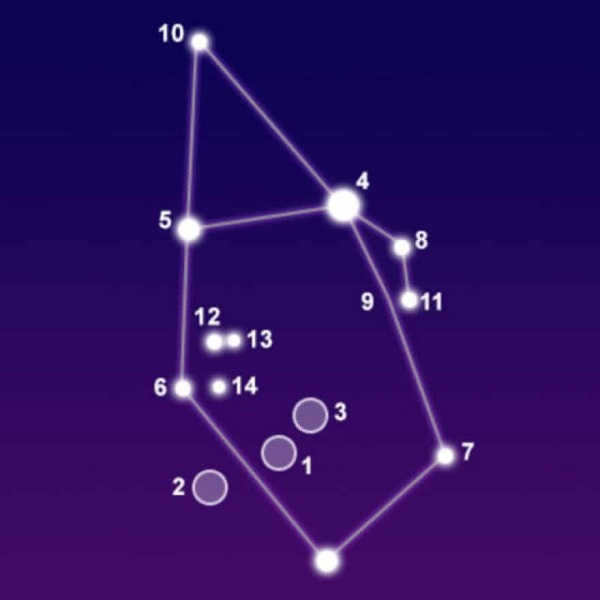
Facts, position and map
Ascendant constellation is ranked 21st in terms of magnitude, covering an area of 657 square degrees. It is situated in the northern hemisphere’s first quadrant (NQ1). The constellation can be observed at latitudes ranging from +90° to -40°. It shares its borders with Taurus, Perseus, Lynx, Gemini, and Giraffe constellations.
| Auriga | |
| Aur | |
| Charioteer | |
| 4 h 30 m to 7 h 22 m | |
| +28° to +56° | |
| 657 square degrees (21st place) | |
| Capella (α Aur) – 0.08 m Menkalinan (β Aur) – 1.90 m θ Aur – 2.62 m Hassaleh (ι Aur) – 2.69 m Al Anz (ε Aur) – 2.99 m | |
| Alpha AurigidsDelta Aurigids | |
| GiraffePerseusTaurusGeminiRynx | |
| The constellation can be seen at latitudes ranging from +90° to -34°. The ideal time to observe it is from December to January. | |
Within the constellation Ascendant, there are three notable Messier objects: M36 (NGC 1960), M37 (NGC 2099), and M38 (NGC 1912). Additionally, there are eight stars that have been identified as having planets in orbit. The most prominent of these stars is Capella (Alpha Ascendant), which is ranked as the sixth brightest star in the night sky. The constellation Ascendant is also home to two meteor streams: Alpha Aurigidae and Delta Aurigidae. If you are interested in exploring this constellation further, you can consult a star map that displays the Ascendant’s bright stars and neighboring constellations.
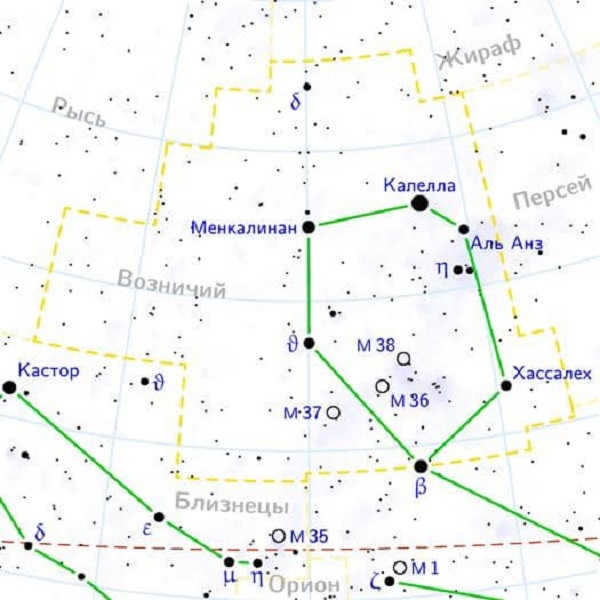
It is a member of the Perseus constellation family, which also includes Andromeda, Cassiopeia, Pegasus, Triangle, Lizard, Whale, Cepheus, and Perseus.
Legend
Traditionally, the constellation Auriga is depicted as a charioteer holding the reins of a chariot in his right hand and two young goats behind his back in his left. This representation originated in Johann Bode’s “Uranography” (1801).
The figure of the charioteer in ancient mythology was represented by Erichtonius, the king of Athens and son of Hephaestus, the god of fire. Erichtonius was raised by Athena, who imparted to him extraordinary abilities. As a result, he became the pioneer in taming and harnessing four horses to a chariot, imitating the movements of the sun god. This feat impressed Zeus so greatly that he rewarded Erichtonius by placing him in the heavens.
The goat’s appearance is explained by its association with Amalthea, the goat that became an adoptive mother to Zeus. The Roman translation of the name “Capella” means “goat”. This star can be found in the left shoulder of the constellation.
The primary stars are
Capella (Alpha Ascendant) is the brightest star in the constellation and the sixth brightest in the sky. It is located 42.2 light-years away. It consists of two double pairs of stars: large, bright G-type giants in close orbit (approximately 100 million km) and small, cool red dwarfs at a distance of 10,000 astronomical units from the first pair.
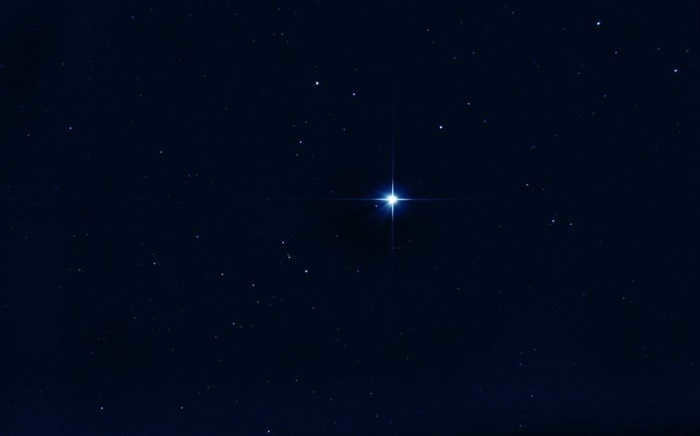
In terms of brightness, there are only two stars in the northern hemisphere that are ahead of Capella – Vega (Alpha Lyrae) and Arcturus in Volopassus. The star is actively emitting X-ray radiation. It is the closest 1st magnitude star to the north celestial pole. It occupies a position on the left shoulder of Ascendant. It is part of the moving group of Hyades (a large gathering of stars with a similar trajectory), an open star cluster in the Taurus constellation.
Beta Ascendant is a triple star system located 85 light-years away. The two brightest components of this system are A-type white subgiants, while the third component is a red dwarf. The first two stars form a dimmed spectral double system with a variable magnitude ranging from 1.85 to 1.93. Beta Ascendant is part of the Moving Group of stars in the Big Dipper, specifically in Collinder 285. This star system is traditionally known as Menkalinan, a name derived from the Arabic phrase “mankib ðī-l-'inān” which translates to “shoulder of the holder of the reins”.
Mahasim, also known as Bogardus, is a double star located 173 light-years away from us. It consists of a variable star of the α² Hound Dog type, which has a strong magnetic field and precise spectral lines of strontium, silicon, or chromium. This star has an average magnitude of 2.65 and is named after the Arabic word for “wrist”.
The primary component of Mahasim is a white dwarf of the A-type main sequence, with a magnitude of 2.7. Its companion star is a yellow dwarf of the G-type main sequence, with a magnitude of 7.2. Additionally, there is an 11th magnitude companion star that is 49 angular seconds away from the double star.
Epsilon of Ascendant (Almaaz) is a binary star system situated at a distance of 2000 light-years. This system consists of a supergiant star of the F-class, which is about 135 times larger in diameter compared to the Sun, and an unusual companion that is characterized by a massive dark disk revolving around a double star. Subsequent observations made by the Spitzer Space Telescope have revealed that the primary star is a post-asymptotic giant branch star, while the companion is a single star of the B-class located within the disk. The apparent magnitude of this system fluctuates between 2.92 and 3.93 over a period of 66 days, which occurs every 27 years. The name Almaaz is derived from the Arabic word for “goat.”
Ascendant Eta (Hedus II) is a dwarf of the main sequence of the B-type, which is blue-white and located 219 light-years away. Its apparent magnitude is 3.18. In the constellation, it represents one of the “children” of the goat (Capella) held by the Ascendant. It is also known as “Hedus II”, which is a Latin term meaning “little one”.
Zeta Ascendant is a double star that eclipses and is located 790 light-years away. It consists of a red supergiant and a companion of type B8. The magnitude of the system is 3.61-3.99, and it has a period of 972 days. It is the second Hedus (“little guy”) held by the Sun of Charisma. The star is commonly referred to as Sadatoni, which is derived from the Arabic term for “second hand”.
Delta Ascendant is a binary star system located 140 light-years away. It is composed of an orange giant star of the K spectral type and a companion star located at a distance of 115.4 arc seconds. The main star has an apparent magnitude of 3.72, while the companion star has an apparent magnitude of 9.7. In the field of Indian astronomy, this star is known as Prajapati, which translates to “Lord of Creation” in Sanskrit.
AE of Ascendant is a runaway star, currently moving through space at an extremely high velocity compared to its neighboring stars. It is situated at a distance of 1460 light-years from Earth. This star is classified as an O-type main-sequence blue dwarf and exhibits characteristics of an Orion-type variable star, displaying irregular and eruptive changes in luminosity, similar to a nebula. Its visibility ranges between 5.78 and 6.08 magnitudes.
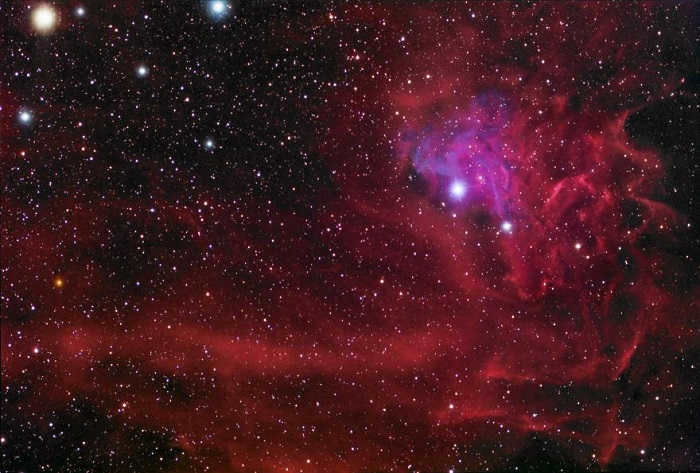
Scientists believe that the Voznichij constellation was expelled from its original location, along with Mu Dove and 53 Aries, as a result of a collision between two double star groups. This event is estimated to have occurred approximately 2 million years ago within the Trapezoidal Cluster situated in the Orion Nebula (Messier 42). The Voznichij star illuminates the emission/reflection nebula IC-405, which has a magnitude of 6.0. This nebula can be found in close proximity to Iota of Ascendant.
There are other stars that are also known.
Lambda Ascendant is a binary star located 41.2 light-years away. It consists of a G-type subgiant and a companion star with a magnitude of 13.4, which is 29 arc seconds away. Additionally, there are two optical companions located at distances of 42 and 146 arc seconds from the main star. The name of this star is derived from the Arabic word for “fawn”.
Nat, also known as Gamma Ascendant, has been renamed Beta Taurus and is part of the Taurus constellation. It is the nearest bright star to the galactic anticenter.
Messier 36 (M36, NGC 1960) is a luminous open cluster situated in the southern part of the constellation. It was initially observed in the 17th century by Giovanni Batista Hodiern, an Italian astronomer. A century later, it was rediscovered by Guillaume Legentil, but its classification was attributed to Charles Messier in 1764.
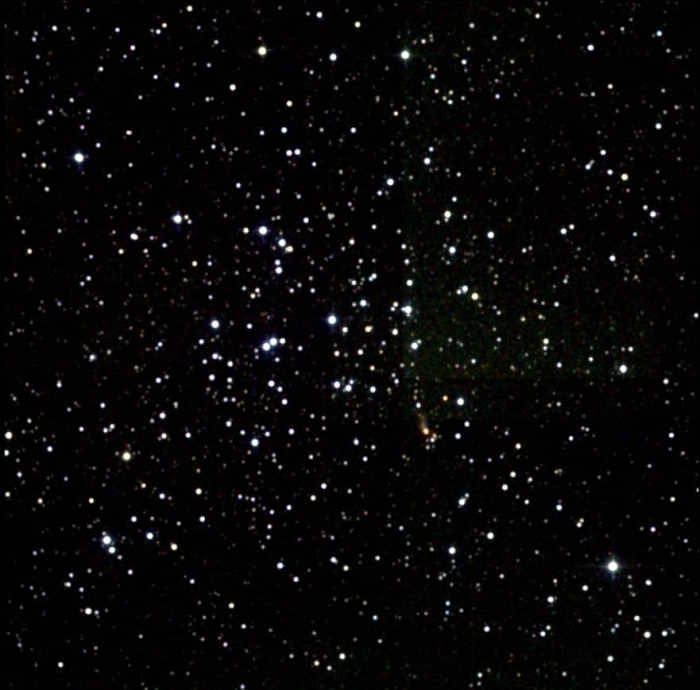
The cluster includes at least 60 stars and has a visible brightness of 6.3. The most luminous members of the cluster are B2-type stars with a visible brightness of 9. It is located 4,100 light-years away and has a diameter of about 14 light-years. It is similar to Messier 45 (Pleiades) in Taurus, but it is too far away to be seen in the night sky. The cluster is approximately 25 million years old and does not contain any evolved red giants.
Messier 37 (M37, NGC 2099) is a prominent open star cluster that is located 3600-4700 light-years away and has a magnitude of 5.6. It was discovered along with M36 and M38 by Giovanni Hodiern, who is the discoverer of the brightest star among the three clusters.
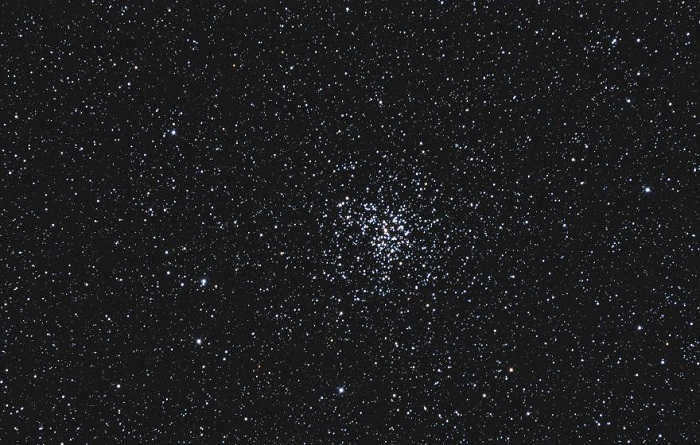
There are approximately 500 stars in the constellation Voznichij, with 150 of them being larger than magnitude 12.5. This constellation also contains around 13 red giants and is estimated to be 300 million years old. The hottest star in the main sequence of Voznichij is classified as a B9V spectral type. It spans a diameter of 24 light-years.
Messier 38 (M38, NGC 1912) is an open cluster located 4200 light-years away from Earth. It can be found 2.5 degrees northwest of M36. Originally discovered by Italian astronomer Giovanni Batista Hodiern in the 17th century, it was later rediscovered in 1749 by French astronomer Legentil. Eventually, all three clusters, including M37, were included in Charles Messier’s catalog in 1764.
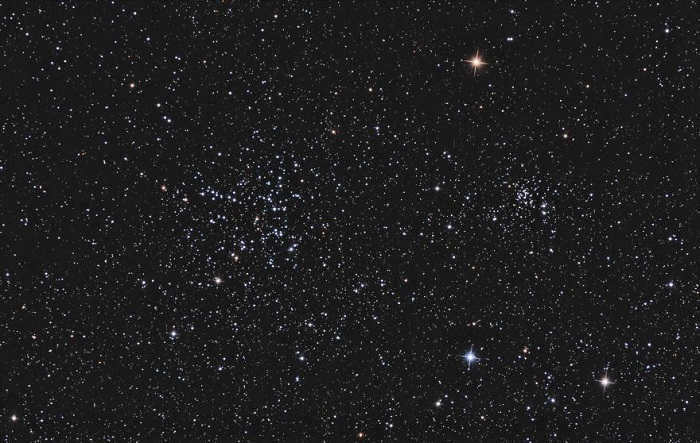
An oblique cross or the letter Pi is formed by the brightest stars in M38. The most prominent star is a yellow giant of the G0 class, with an apparent magnitude of 7.9. Despite its distance, it is able to shine 900 times brighter than the Sun. It measures 25 light years (20′) in diameter and is estimated to be 220 million years old.
The Flaming Star Nebula (IC 405, SH 2-229, and Caldwell-31) is an emission/reflection nebula that surrounds the star AE of Ascendant.
This nebula is located 1500 light-years away and has an apparent magnitude of 6.0. It can be found near the open cluster M38, the star Iota of Ascendant, or the emission nebula IC 410.
